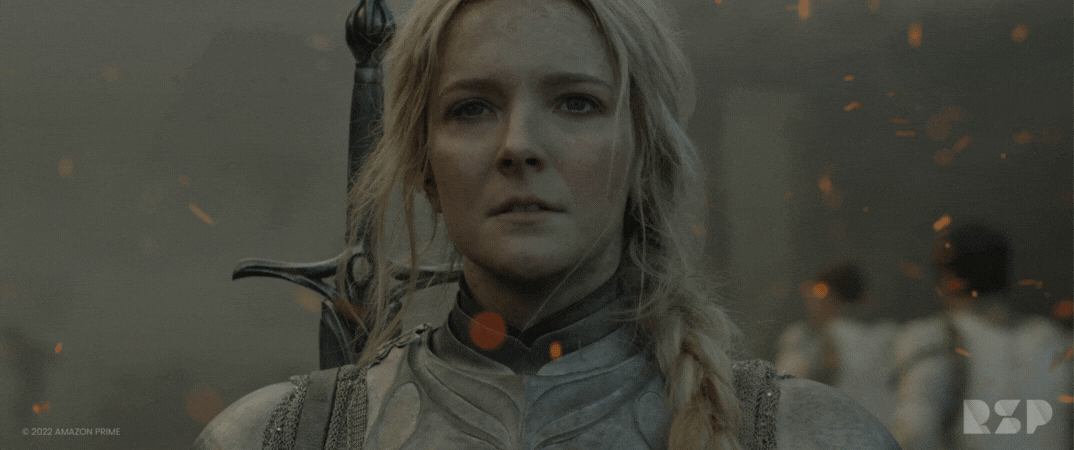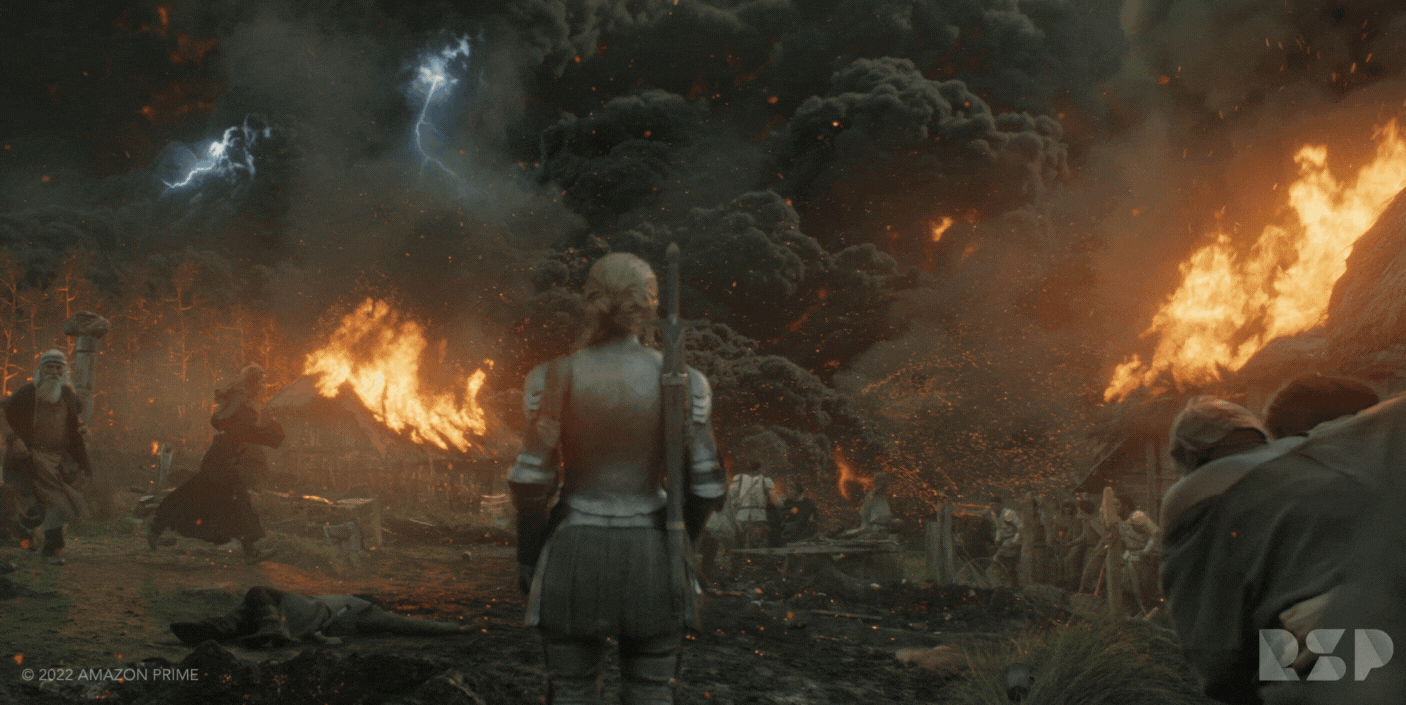The studio simulates a volcanic catastrophe as part of a package of VFX shots for the new Amazon Prime series. RSP’s outstanding work garnered its artists with a VES award nomination.
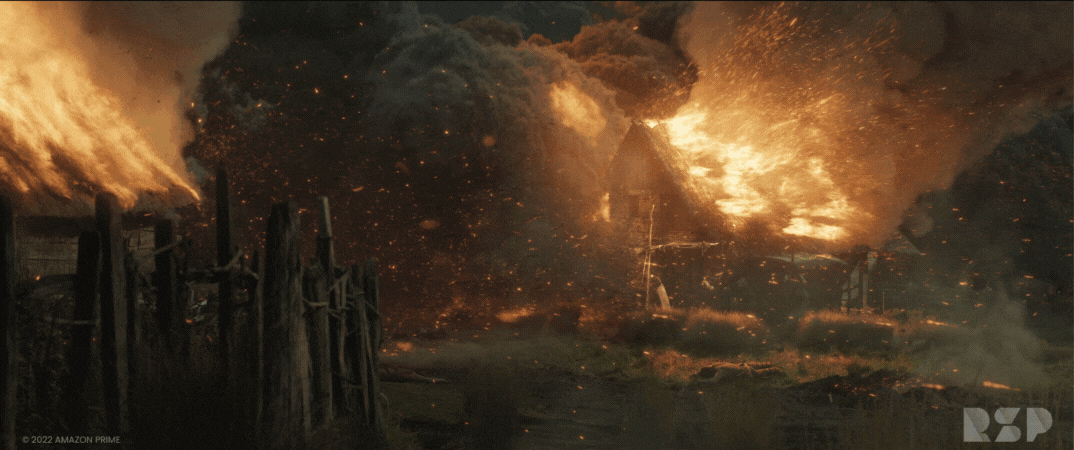
Rising Sun Pictures made an explosive contribution to the Amazon Prime series The Lord of the Rings: The Rings of Power, supplying visual effects for a dramatic, 50-shot sequence in which an erupting volcano devastates a village in Middle Earth. The studio performed the work under the direction of series VFX producer Ron Ames and Jesse Kobayashi; and Senior Visual Effects Supervisor Jason Smith.
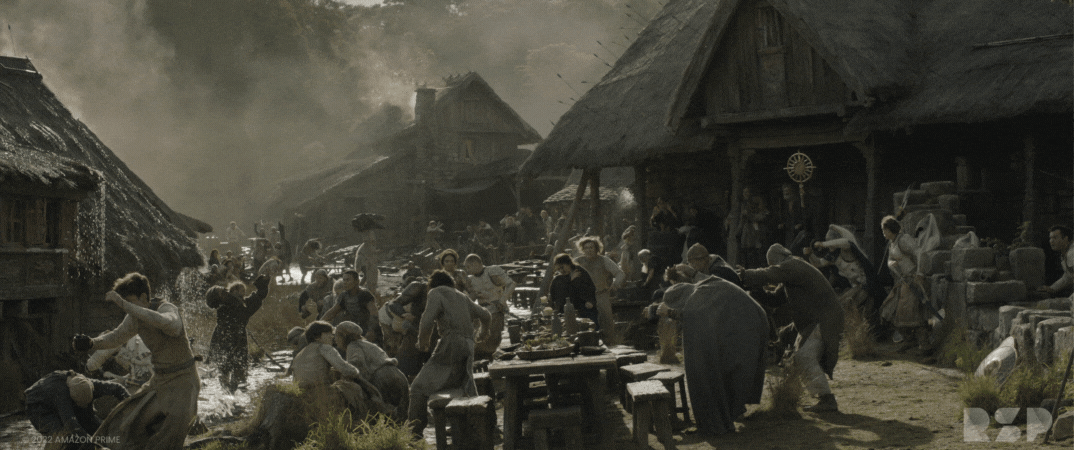
The destruction of the village plays out with frightening realism. The volcano first sends a supersonic shockwave of compressed air roaring through the village, then pummels it with a storm of molten lava. “Lava balls hit the ground and burst through the roofs of buildings,” recalls RSP Visual Effects Supervisor Marc Varisco, who led the studio’s team. “The sequence climaxes as a pyroclastic cloud engulfs the village in flames.”
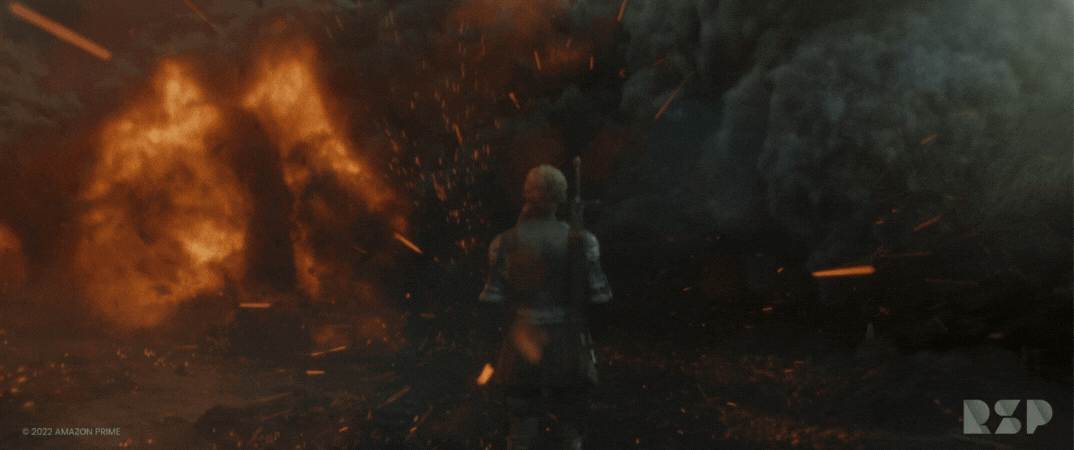
Background plates were shot in New Zealand and included the village and its environment as well as actors reacting to the eruption. RSP artists added the shockwave, lava balls, rocks, debris, pyrotechnics and the mass of compressed gas and volcanic matter that made up the pyroclastic cloud. Roofs and other aspects of buildings were replaced as they caught fire and collapsed. Digital doubles were substituted for live characters who were badly injured or killed.
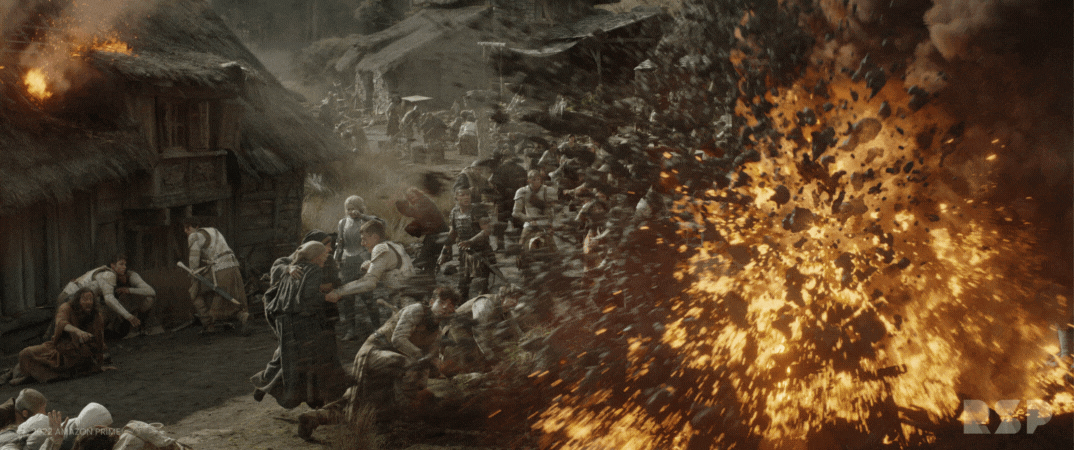
Varisco and his team studied footage of real-world volcanic eruptions and other reference media, striving to make the sequence believable and riveting. “We refined the look over several months,” he notes. “Jason Smith had excellent suggestions for improvements and our artists were continually coming up with ideas to make it bigger, better and more convincing. It was a great collaboration and proceeded quite smoothly. We frequently returned to the practical reference to study details of the cloud, debris and light.”
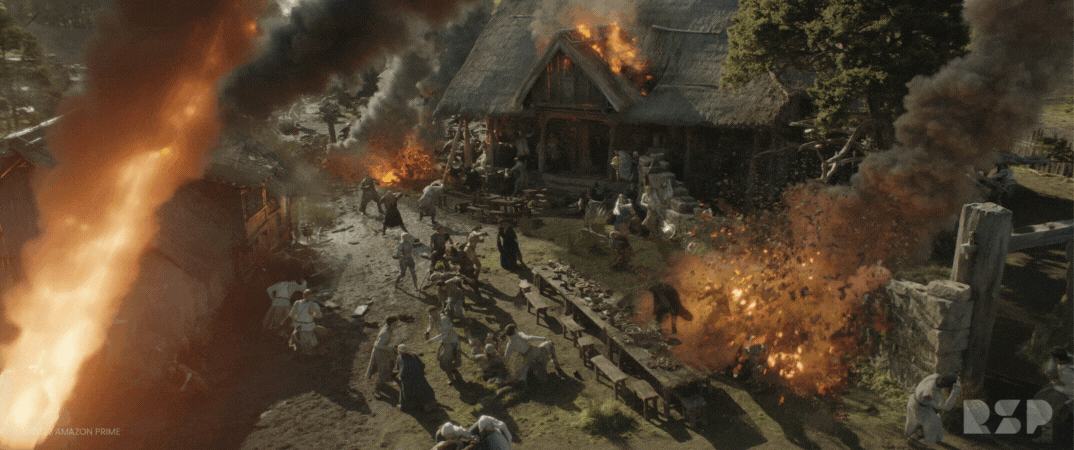
Choreographing the placement and movement of the visual effects elements was complicated as each bit had to meld seamlessly with the background environment and character action while conforming to the way volcanic explosions occur in the real world. The sequence also had to be dramatic and build toward a spectacular climax. “Part of the challenge was coordinating lava bombs with the reactions of the characters,” explains Comp Supervisor Tony Cole. “In some instances, that involved retiming plates. We might imperceptively speed things up to align a reaction with an explosion, then slow things down to get back into the scene. We did a lot of match moves with stunt doubles on the set to show debris bouncing off them. We’d then substitute a digi-double that would die gracefully in-sync with an explosion.”
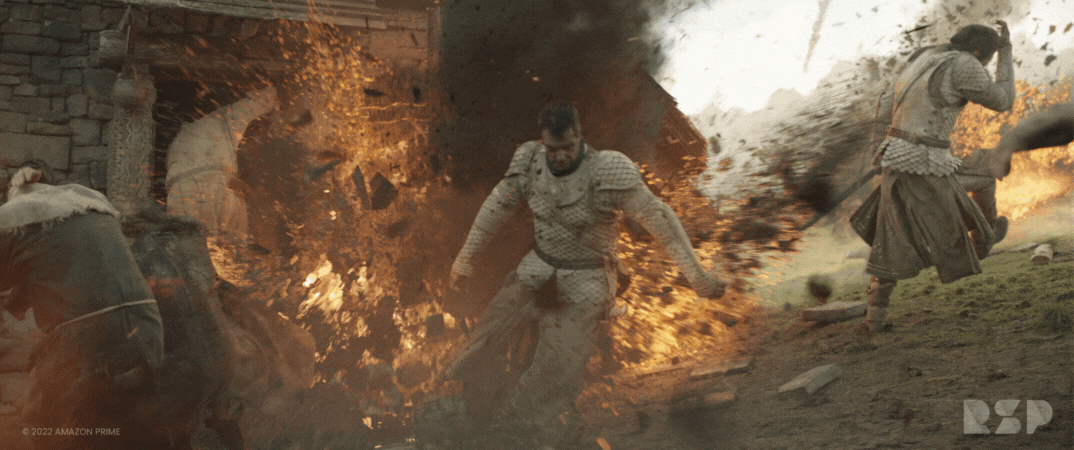
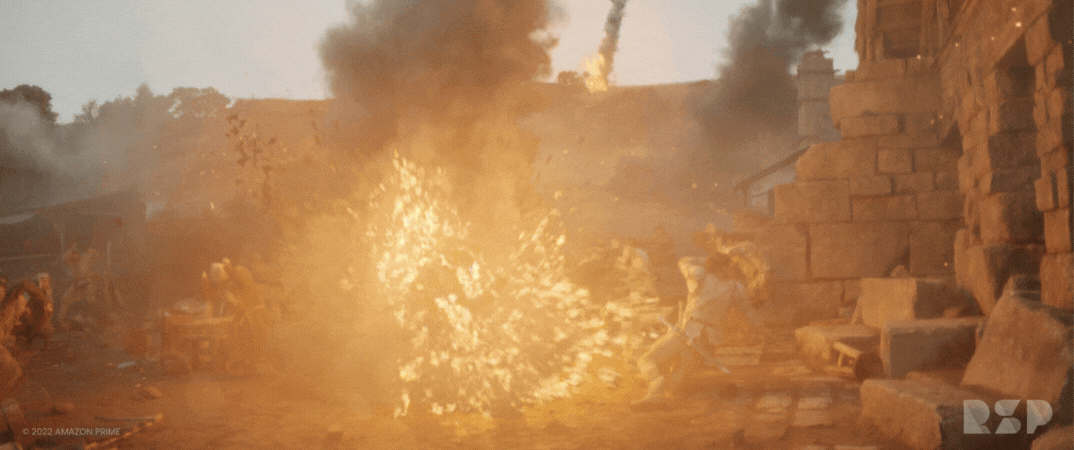
Considerable attention was given to the pyroclastic cloud that arrives as the sequence nears its climax. Again, drawing inspiration from real-world references, artists developed a massive gray cloud of turbulent gas and rock fragments and caused it to sweep through the scene, doing violence to everything in its path. “The cloud travels across several kilometers, moving at lightning speed and igniting trees and huts,” notes CG Supervisor Bhakar James. “As big as it was, it required a delicate touch. If it was too big, viewers would think that no one could survive, yet some characters do. We had to make it feel very violent and dangerous, just not the end of the world.”
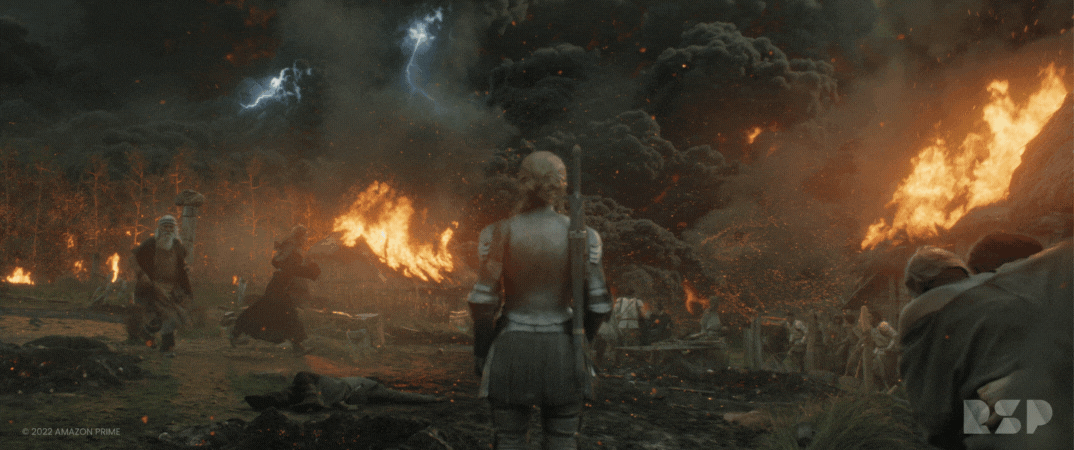
The whole team worked hard to get the details right. “I’m quite proud of our effort in the technical aspects,” James says. “Working within a fixed timeframe, we set up a system to get the lava bombs, impacts and pyrotechnics to work together. We were then able to reproduce those effects across multiple shots and, in effect, automate them. We simply had to fine-tune things based on creative direction, camera angles, etc.”

RSP also undertook a sequence involving a rock breaking ceremony. A group of dwarves test their mettle by attempting to break large chunks of granite with an axe. “We were tasked with replacing prop elements with CG rocks,” notes Cole. “We had to paint out existing rocks and recreate what was behind them. It was difficult due to the movement of bodies in the scene. Our artists also had to augment the plinth that’s used to break rocks with dusts and cracks.”
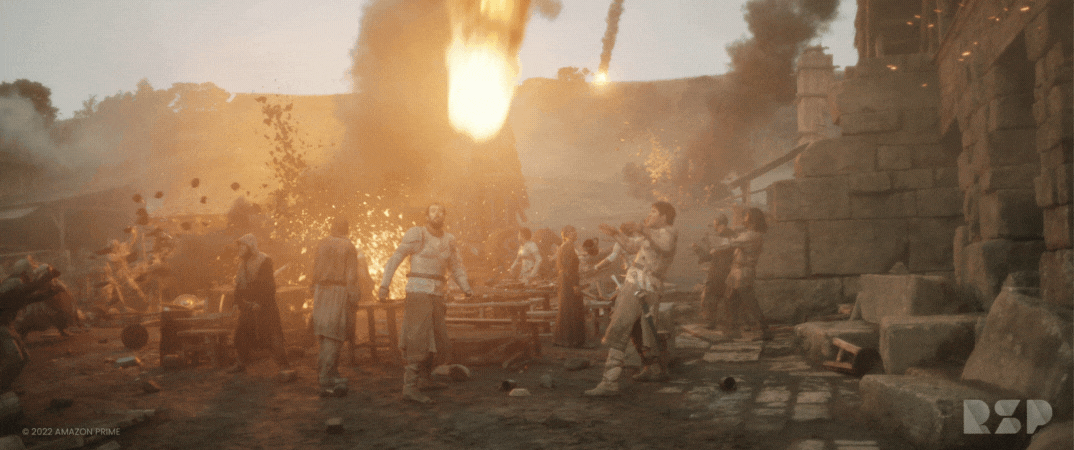
Work on the project was split between RSP’s head office facility in Adelaide and its recently-launched studio in Brisbane. Having steadily developed its remote capabilities over the past two years, the studio was able to distribute the work among artists efficiently and securely. “We have strong production managers on both the CG and comp sides,” explains VFX Producer Jayne Herrmann. “Communication was excellent. Remote workflows give us more freedom and flexibility.”
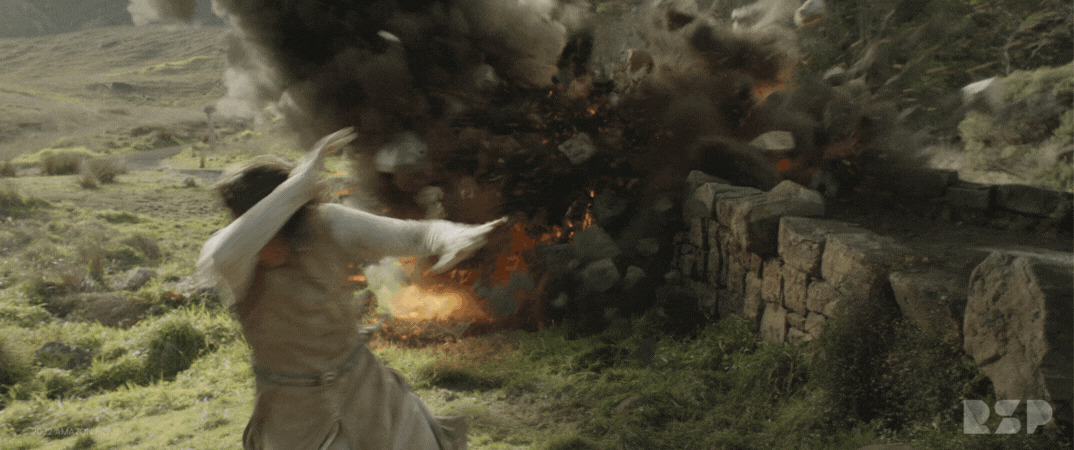
Herrmann notes that the project was embraced by the team with great enthusiasm. “It was a dream project for our artists as many of them were inspired to become visual effects professionals by Peter Jackson’s films,” she says. “They gave their best effort and delivered fantastic results. The shots look superb.”
